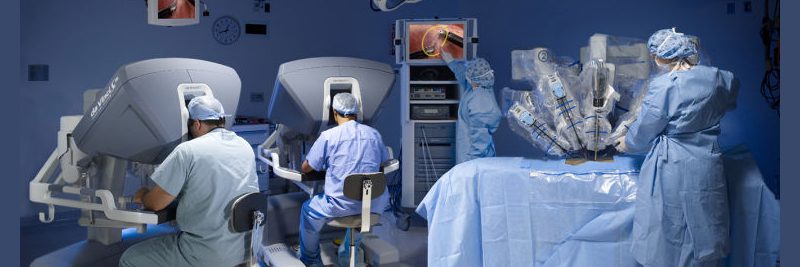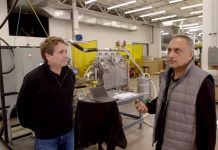As one of the most sophisticated robotic platforms for surgery in the world today, the da Vinci Surgical System is specifically designed to increase the capabilities of a doctor. It creates a minimally-invasive option for surgeries that were once considered to be major operations. With this system, a doctor makes small incisions and then inserts the surgical system. Sitting at a console station, the doctor then receives a 3D image of the issue requiring surgery.
To describe the da Vinci Surgical System as robotic, however, is a bit misleading. The doctor is always in control of the machine. Made by Intuitive Surgical, it was approved for use in the year 2000.
Is the Da Vinci Surgical System Really an Improvement?
The field of medical science contains a certain amount of risk, no matter how good the surgeon or the surgeon’s tools might be. Injuries to any organ or having bleeding that won’t stop on its own accord are risk modifiers to health that a surgery may or may not be able to correct. What the da Vinci Surgical System does is expand the work of Russell Taylor and Mark Talamini where the recovery times are reduced for certain major surgeries without an increase to serious complications.
There are certain additional risks that come with using the da Vinci Surgical System as well. The surgeon may be required to stop the surgery and convert to a more traditional method and this can create longer times under anesthesia. There is also the unique aspect of bloating that occurs as a side effect of this surgery that can cause patient discomfort for up to a week after the procedure has been completed.
In order to obtain images of the surgical site, the surgeon will blast small amounts of air into the body to expand it. This gives the da Vinci Surgical System room to maneuver and allows for the small incisions. Because of this, some patients may not be a candidate for this type of surgery.
When Is the Da Vinci Surgical System Used?
Under most circumstances, the primary use of this surgical system is to remove someone’s gallbladder because of blockage, infection, or decay. Instead of having to make a full length incision in the body that must be stitched closed, the da Vinci Surgical System creates three or four small incisions and this allows enough room for the organ to be removed. When performed successfully, recovery times can be reduced by 50% in some patients.
The unique aspect of this system is that in addition to the 3D view, a surgeon is also able to receive some force feedback sensations, kind of like a tactical feeling, while operating the device. This augments the visuals of the remote and provides a fairly realistic experience for common gallbladder surgeries.
The future of the da Vinci Surgical System is bright indeed! With applications for a number of surgeries possible and the ability to potentially control this system through telesurgery, about 1.5 million people have benefited from this invention so far. What will the future hold? Only time will tell.
Strong proponent of individual liberty and free speech. My goal is to present information that expands our awareness of crucial issues and exposes the manufactured illusion of freedom that we are sold in America. Question everything because nothing is what it seems.




















